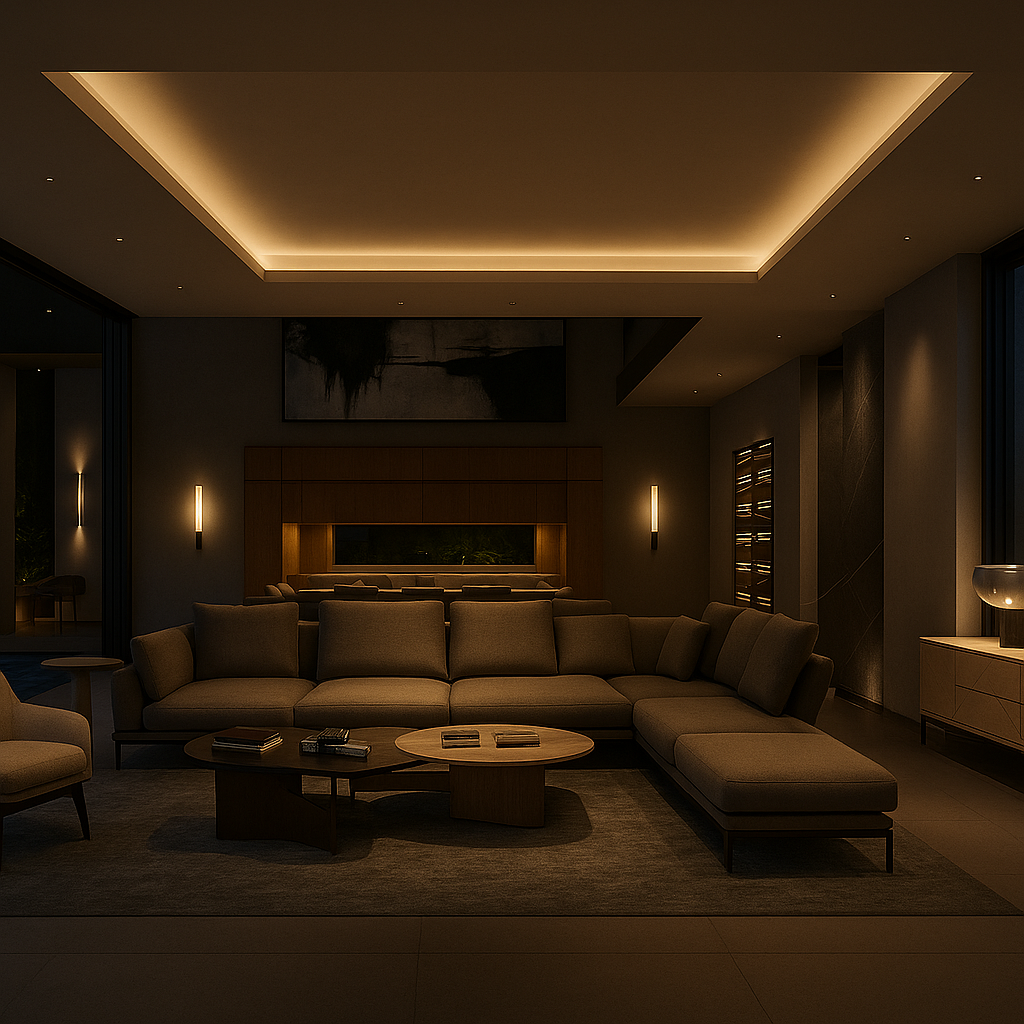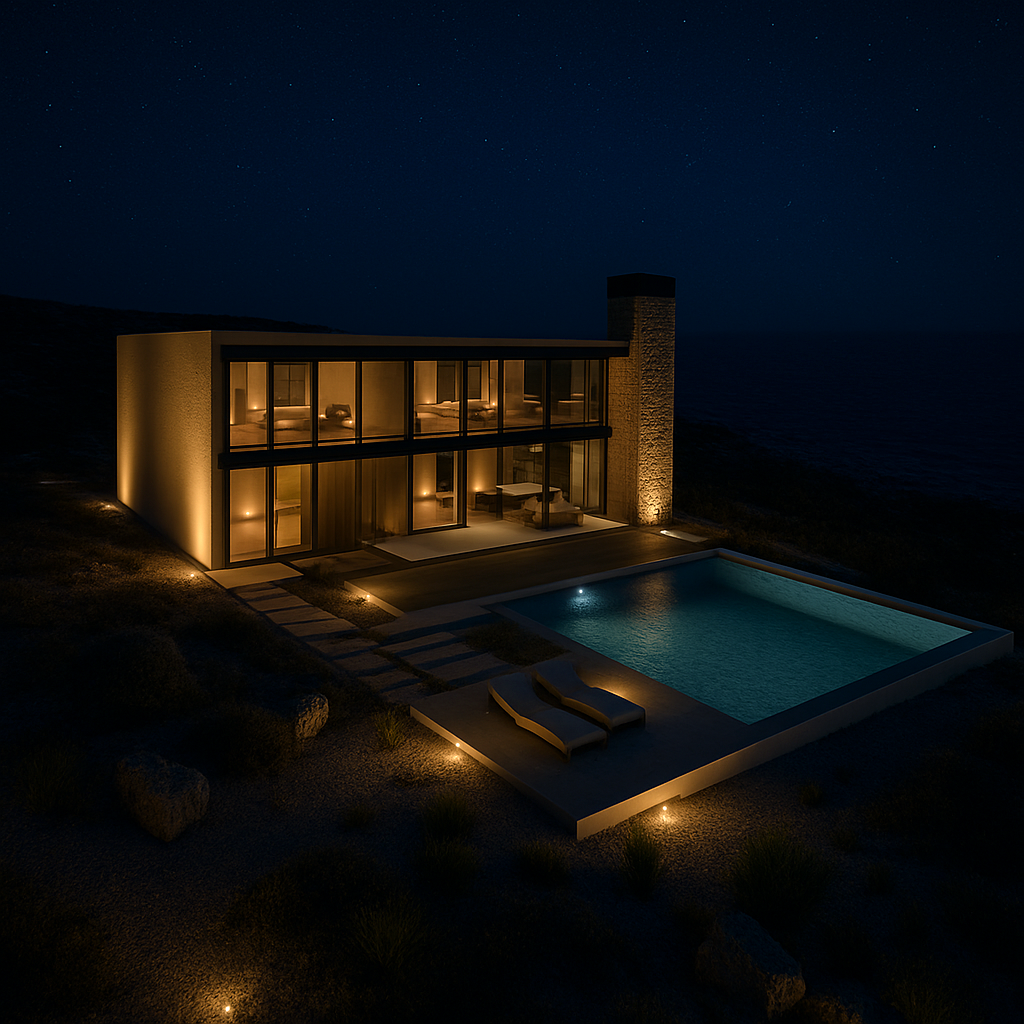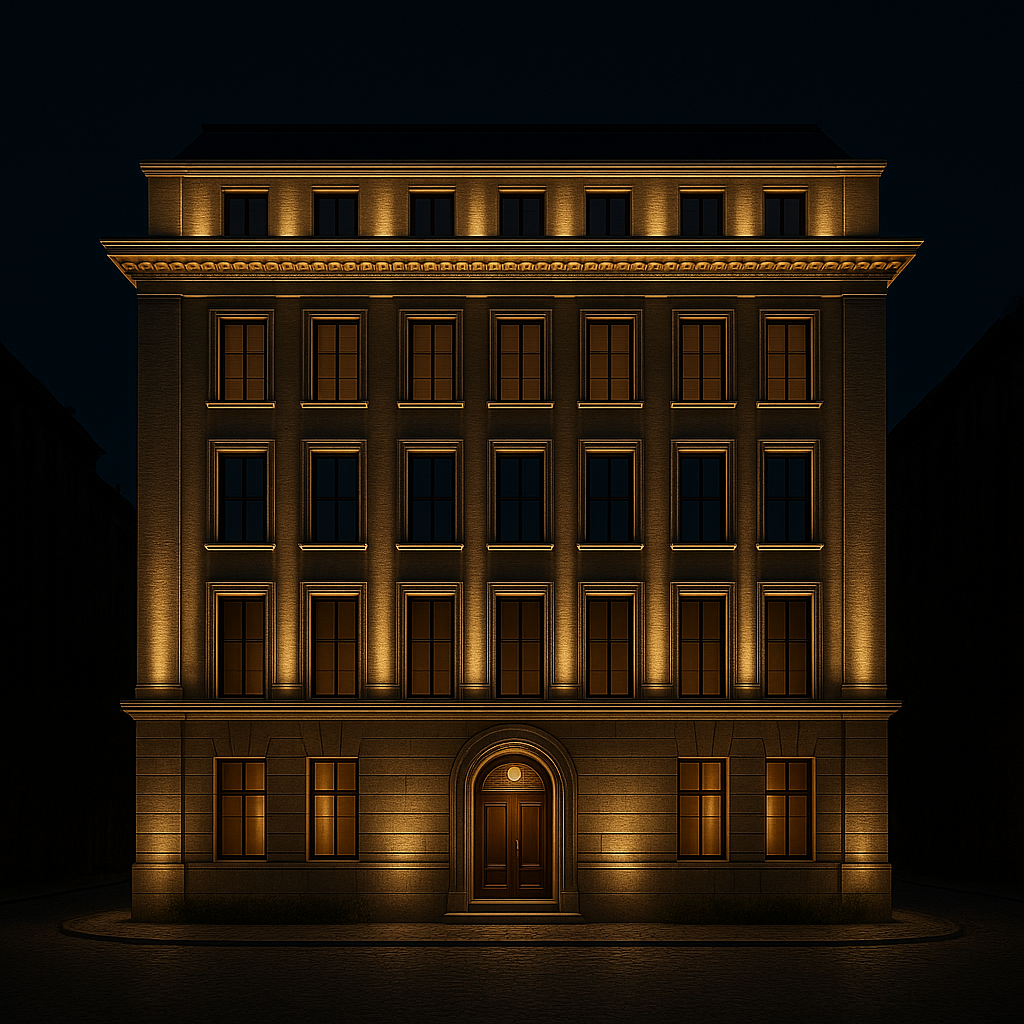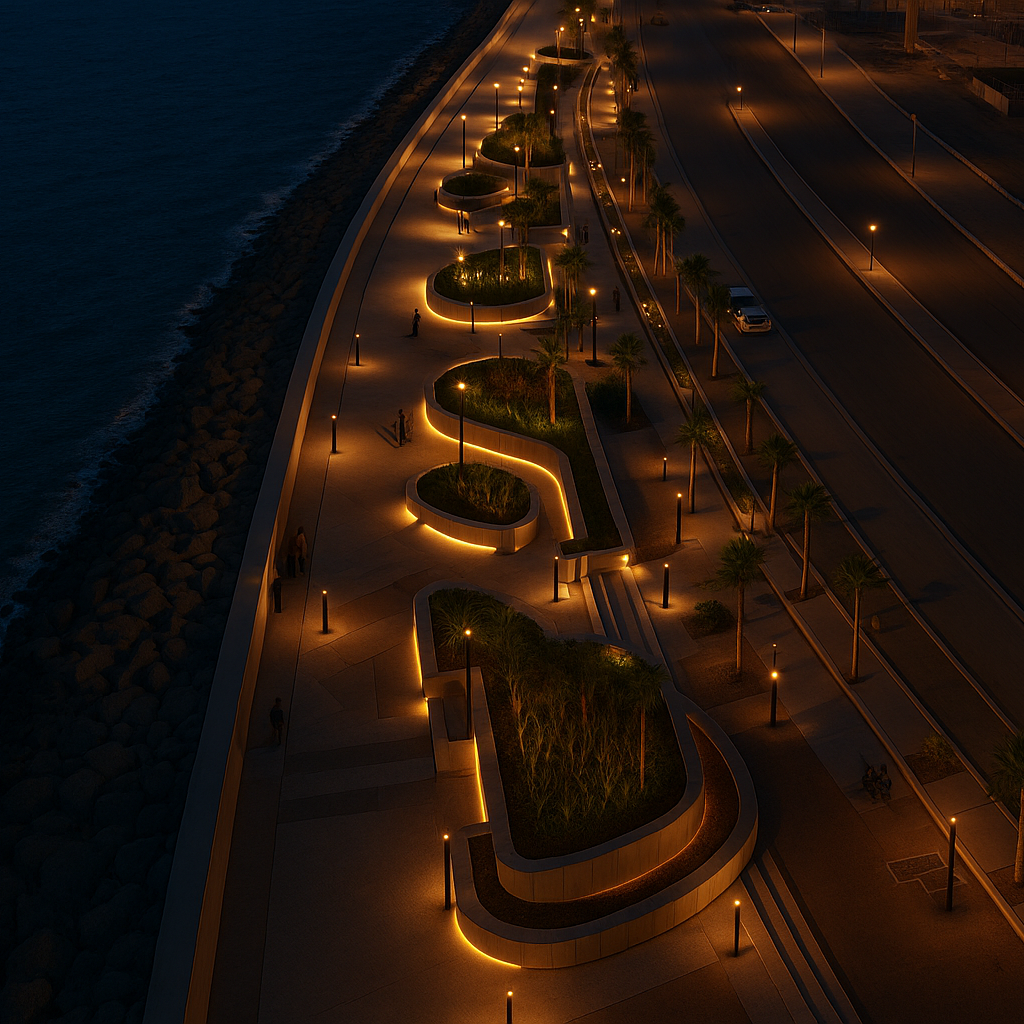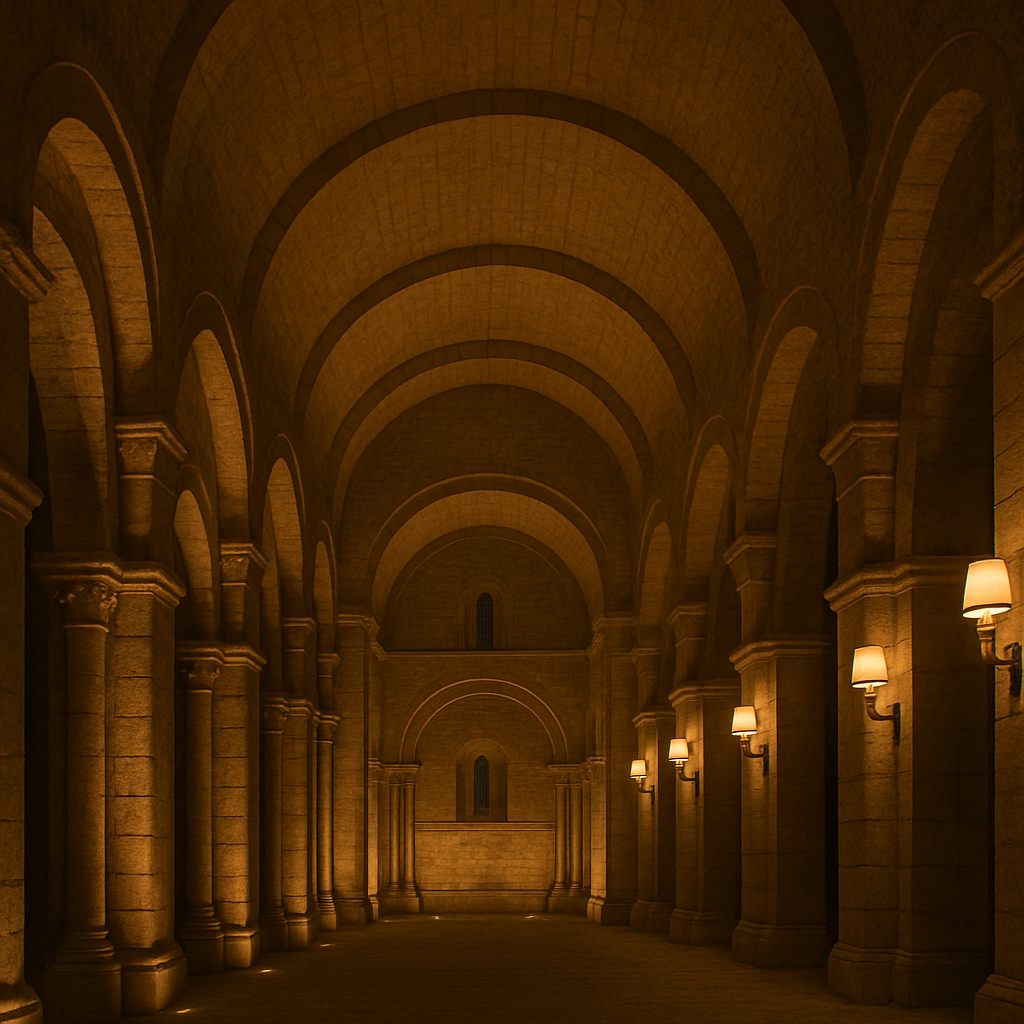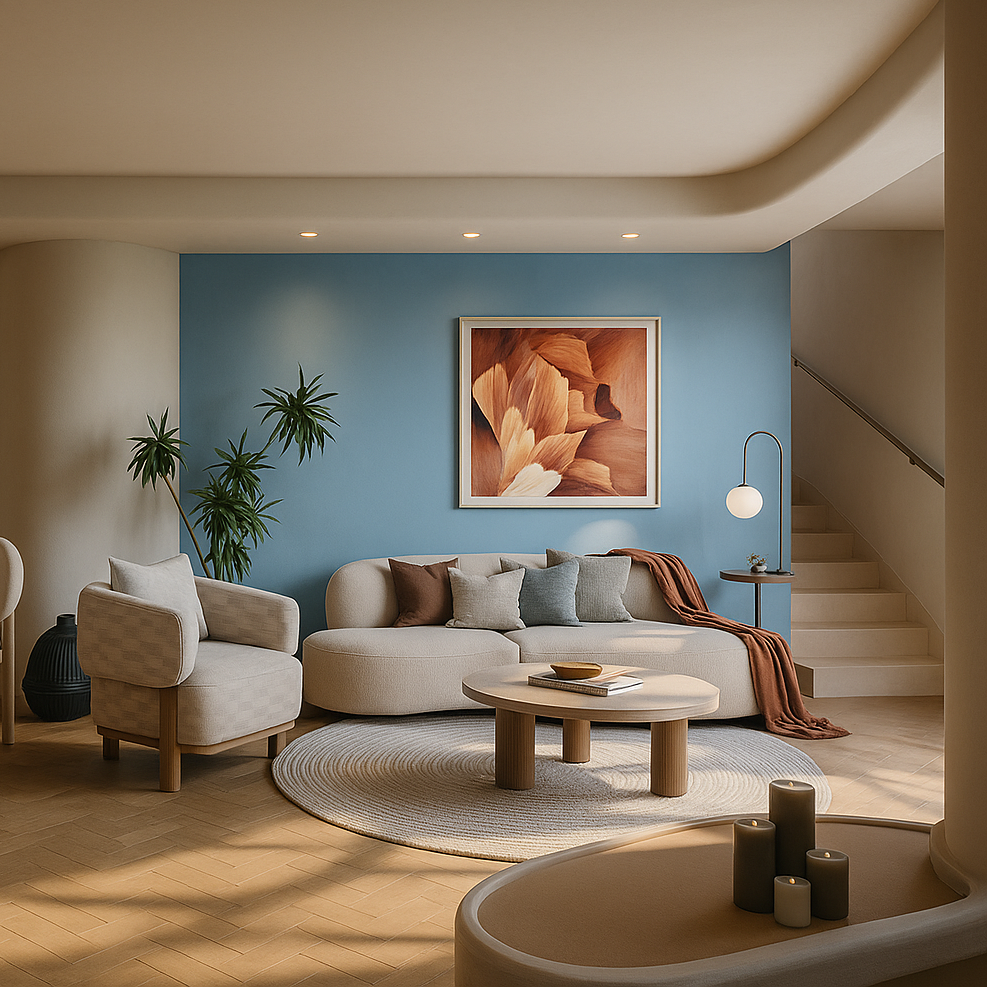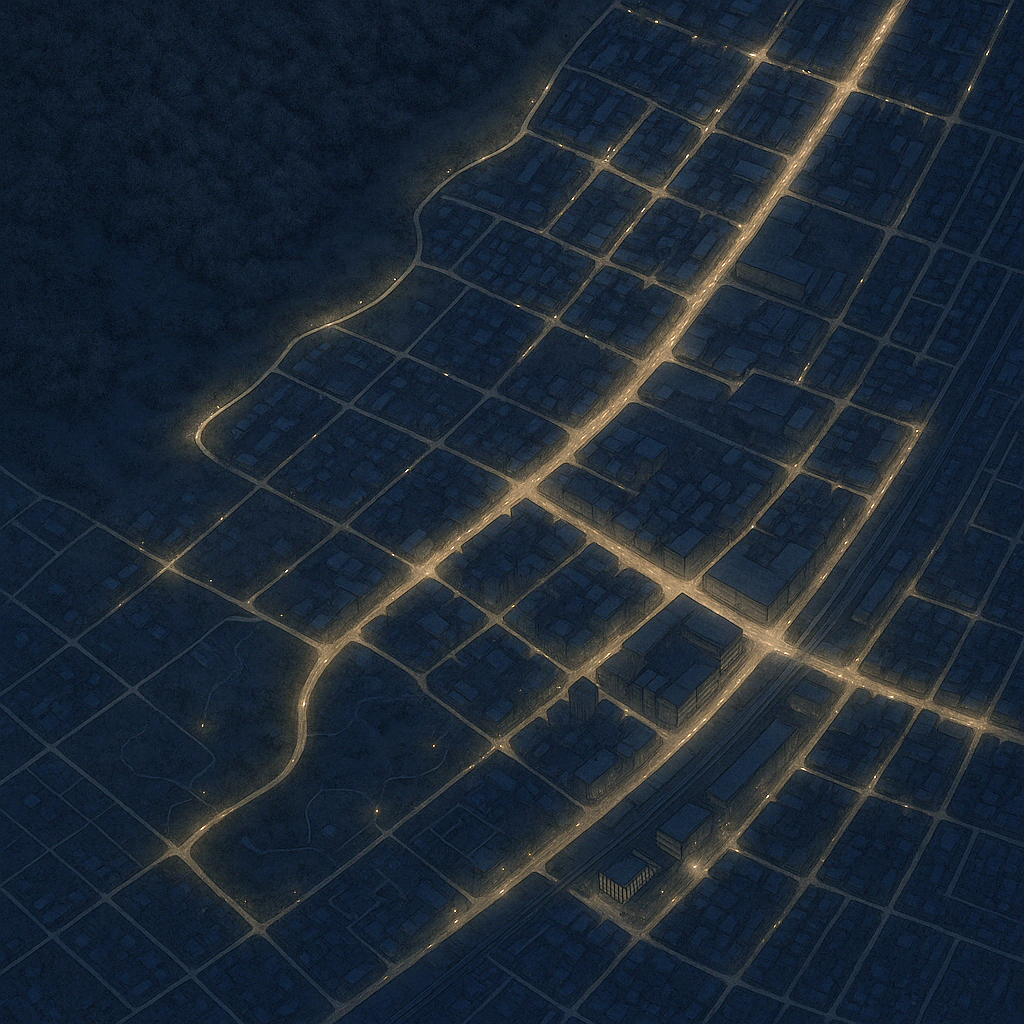Interior Lighting
Lighting has the power to shape how a space feels, support daily routines, and highlight material expression.
We design layered schemes that balance ambient, task, and accent elements, with fixtures chosen for their
output, precision, and visual comfort.
Concepts are refined through mockups and simulations, ensuring light not only illuminates but enriches the interior experience.


